Our fourth graders explored simple machines such as wheel and axles, levers, the inclined plane, and pulleys. They investigated the effects of balanced and unbalanced forces on the motion of an object. Angelina, Mylo, and Suzi go on a field trip to the zoo and are faced with the design problem of how to rescue a trapped tiger. Using our VEX kits students then applied their knowledge of forces to devise a way to rescue a heavy zoo animal while keeping it safe throughout the process.





































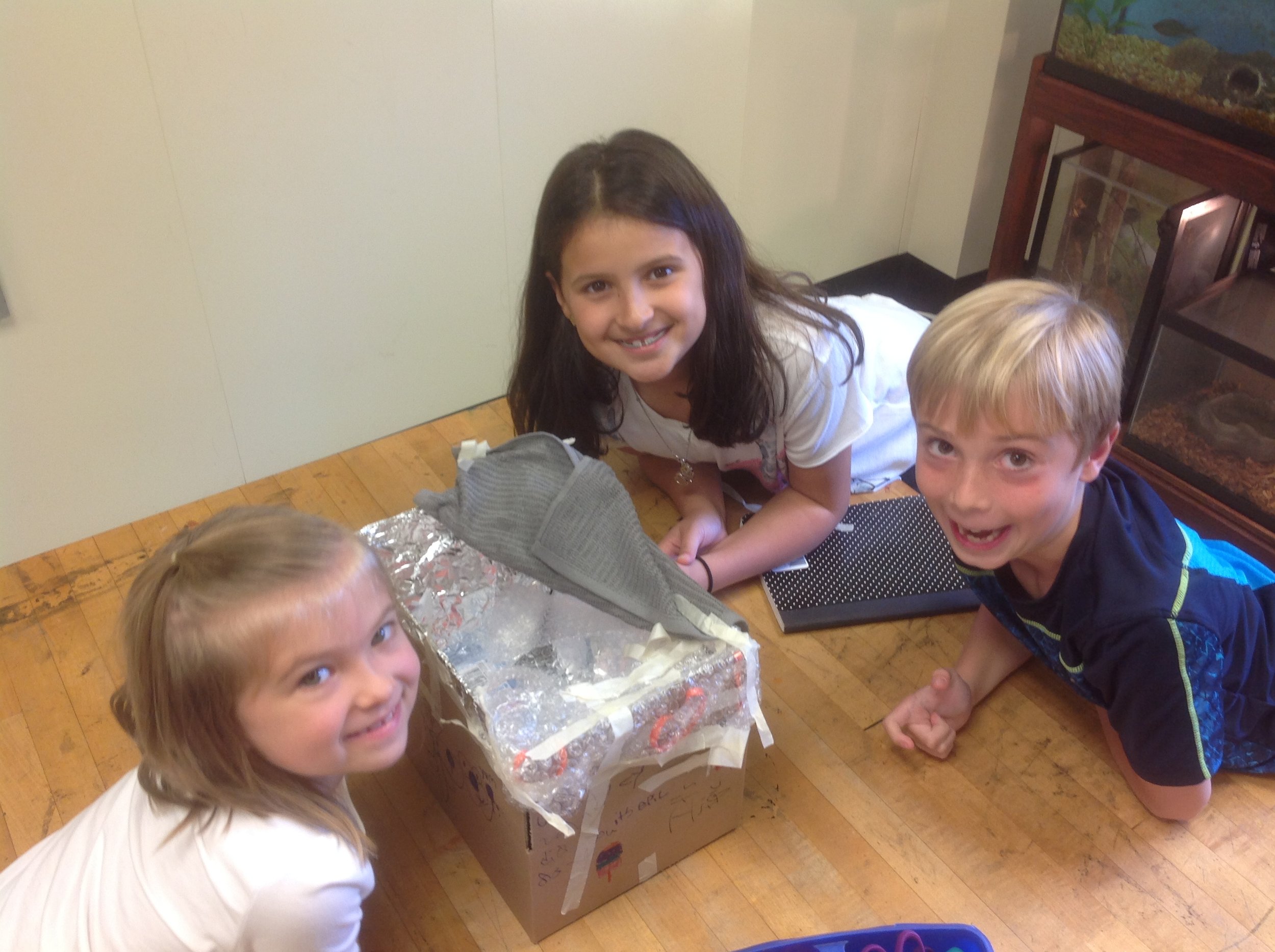





















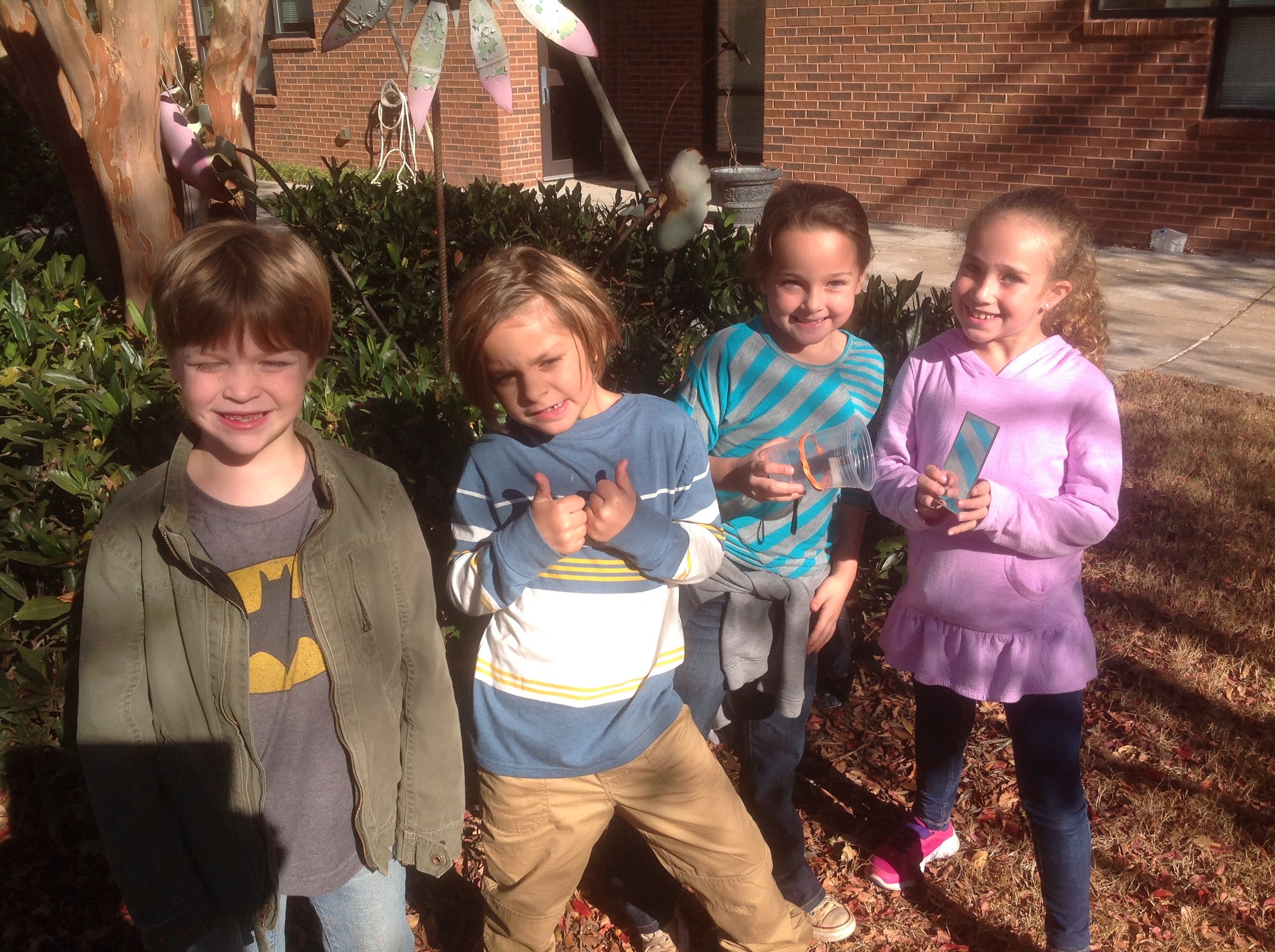
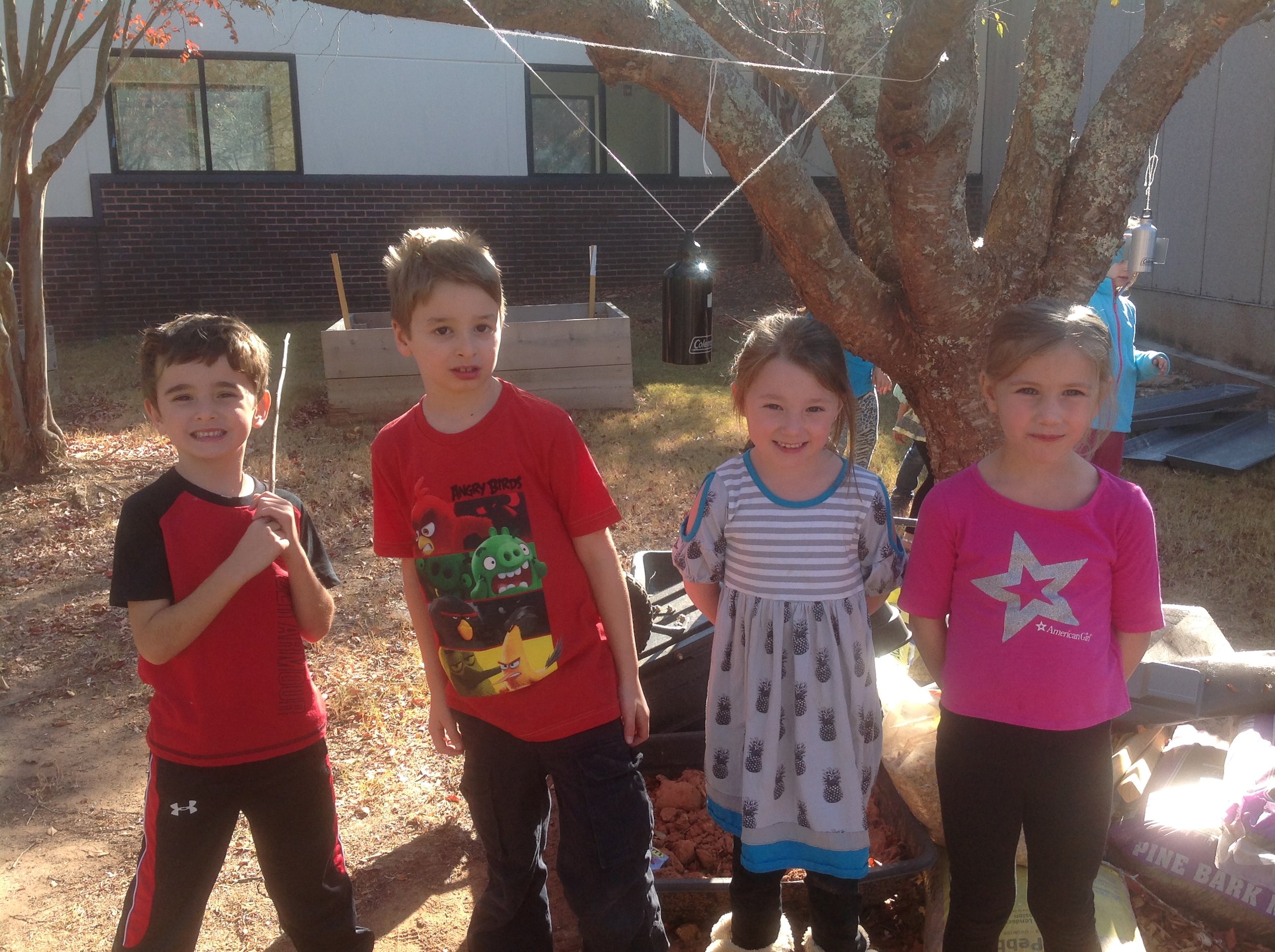
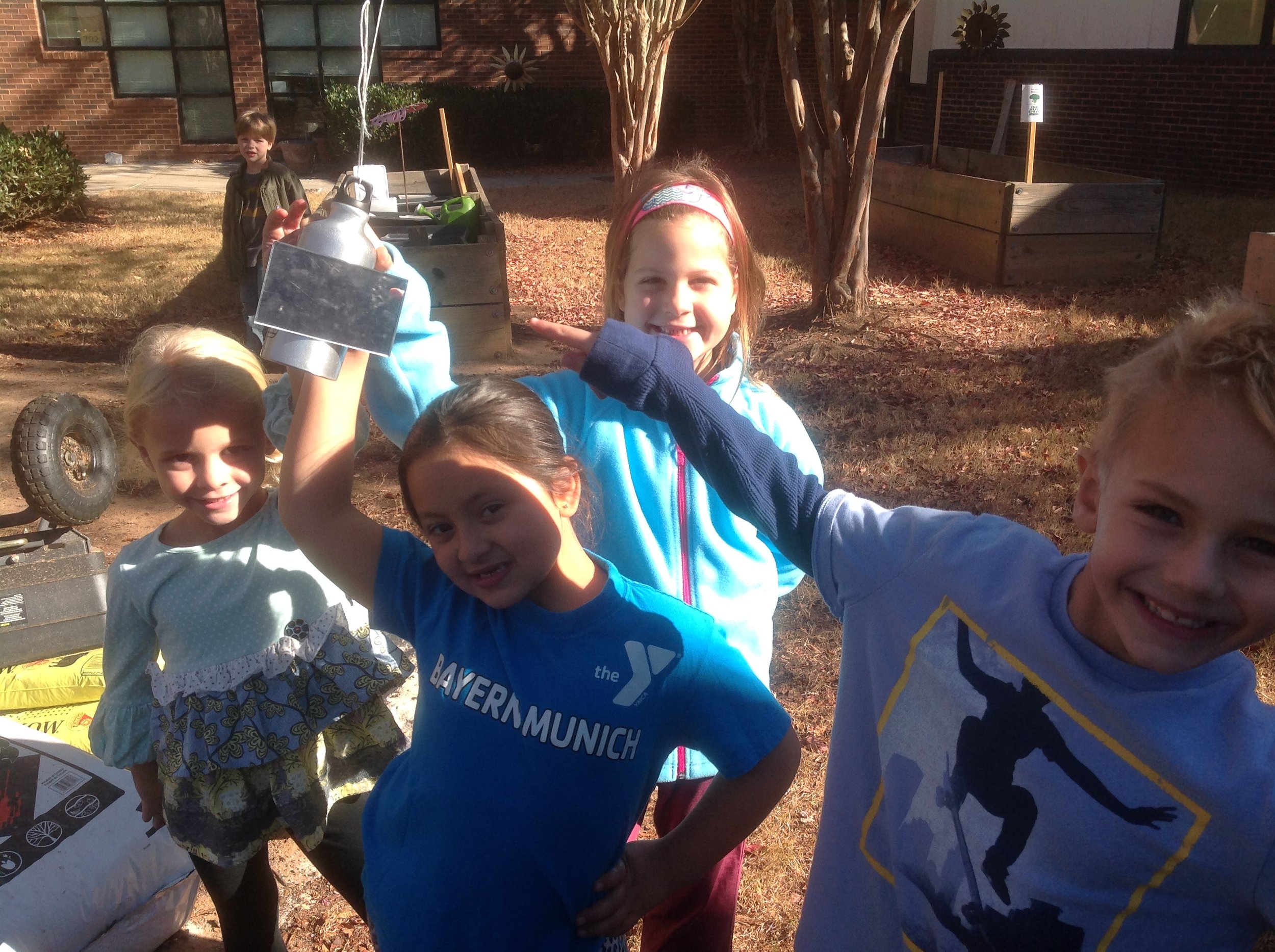
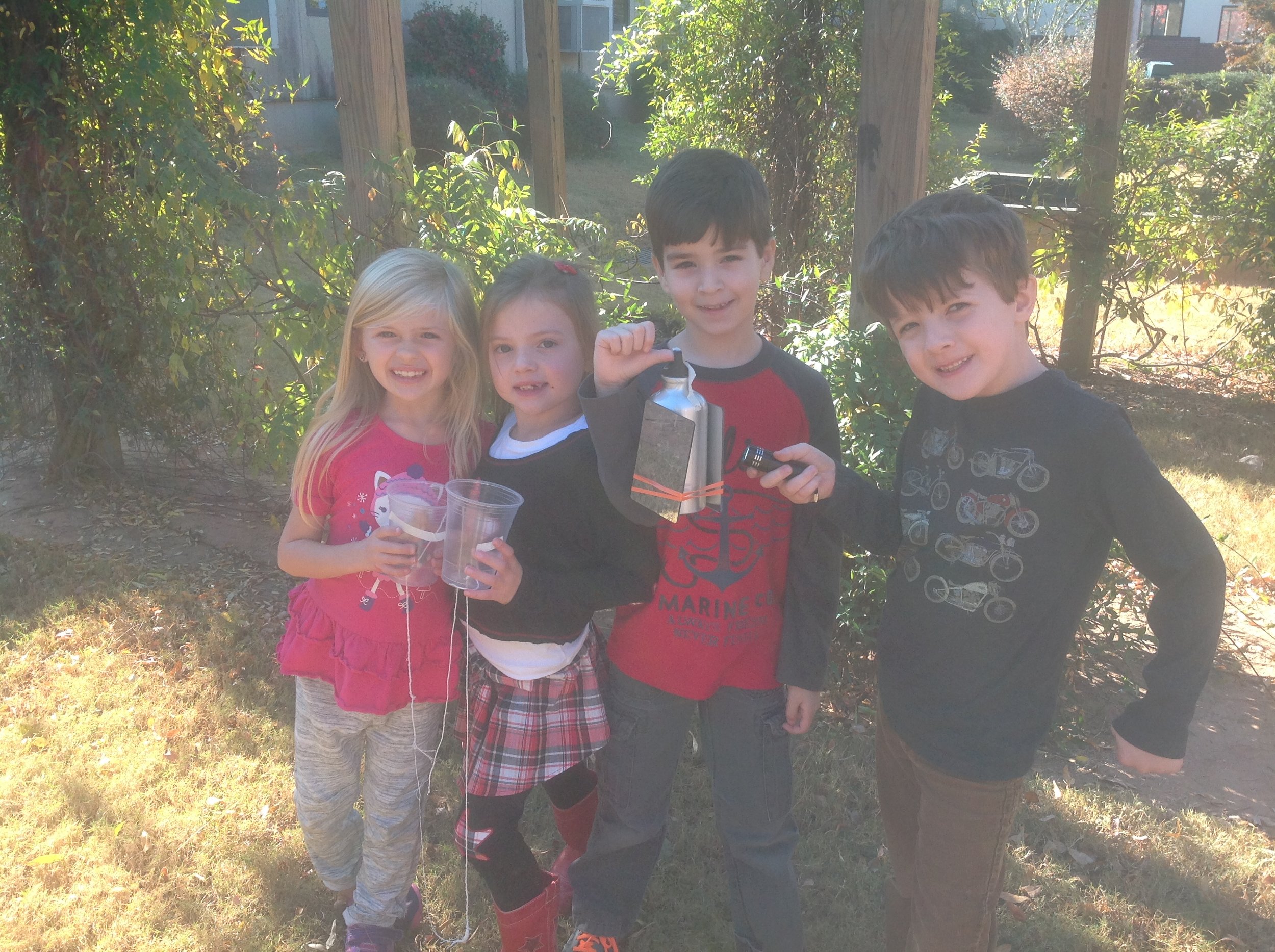
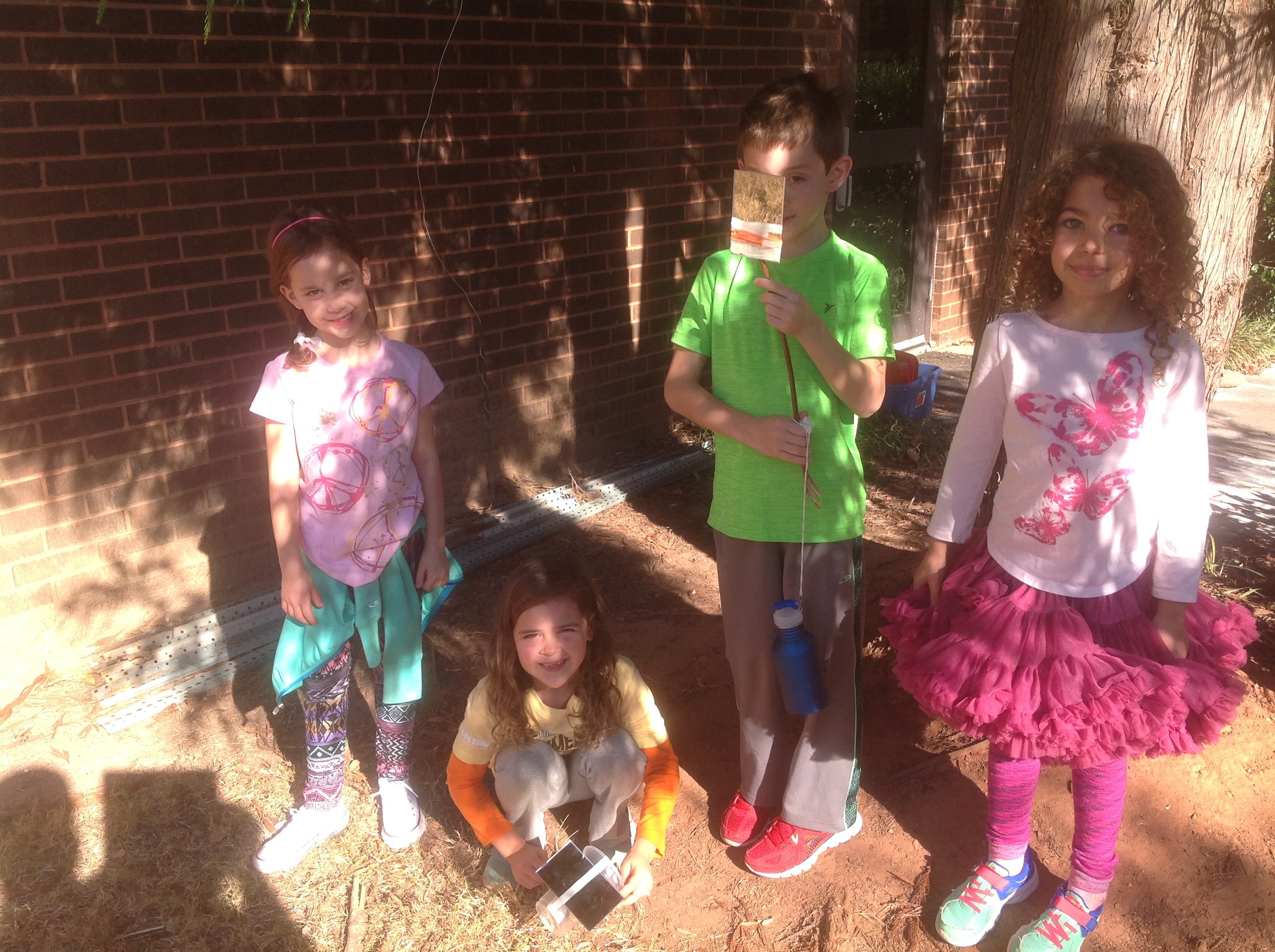
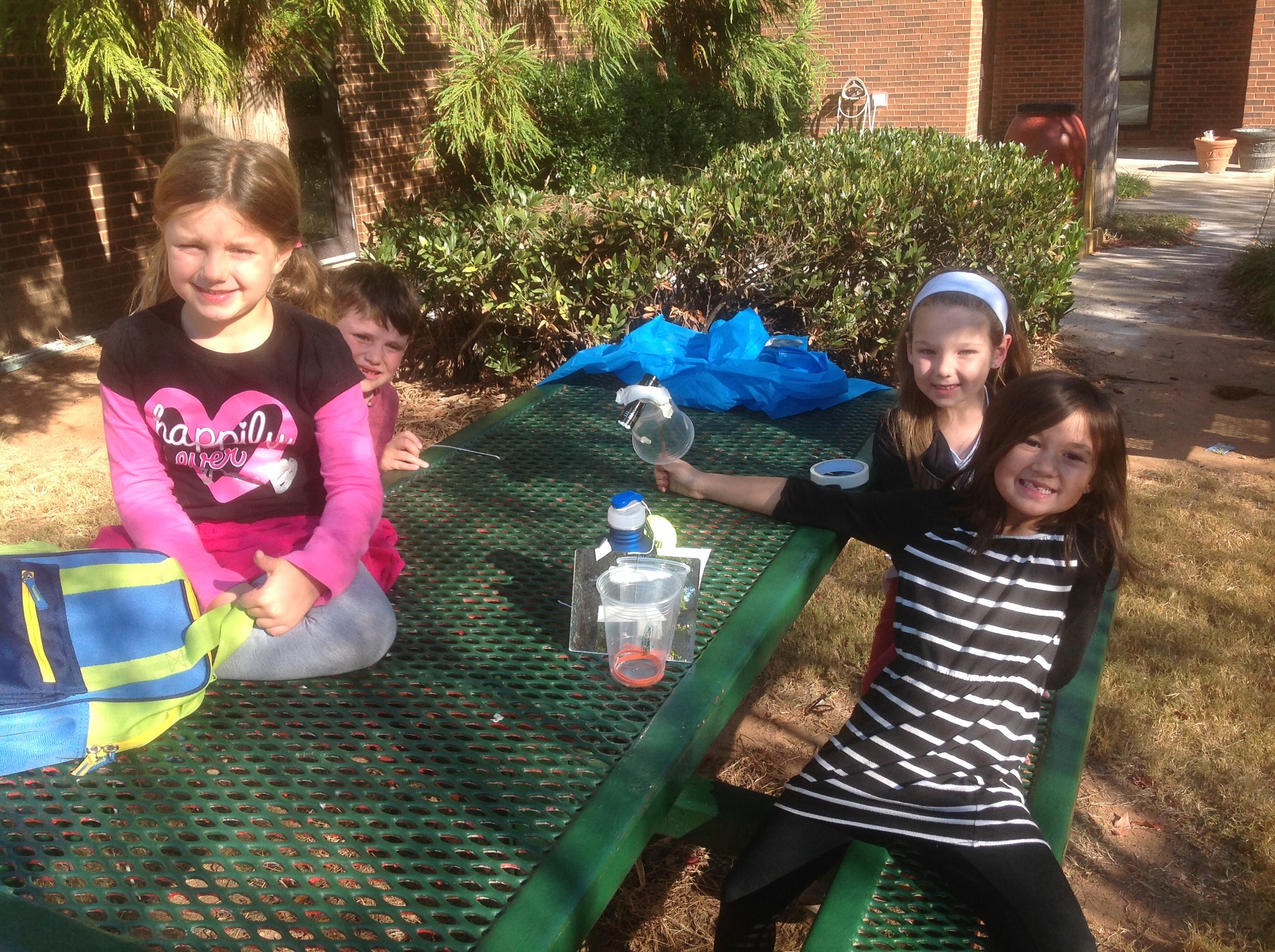
























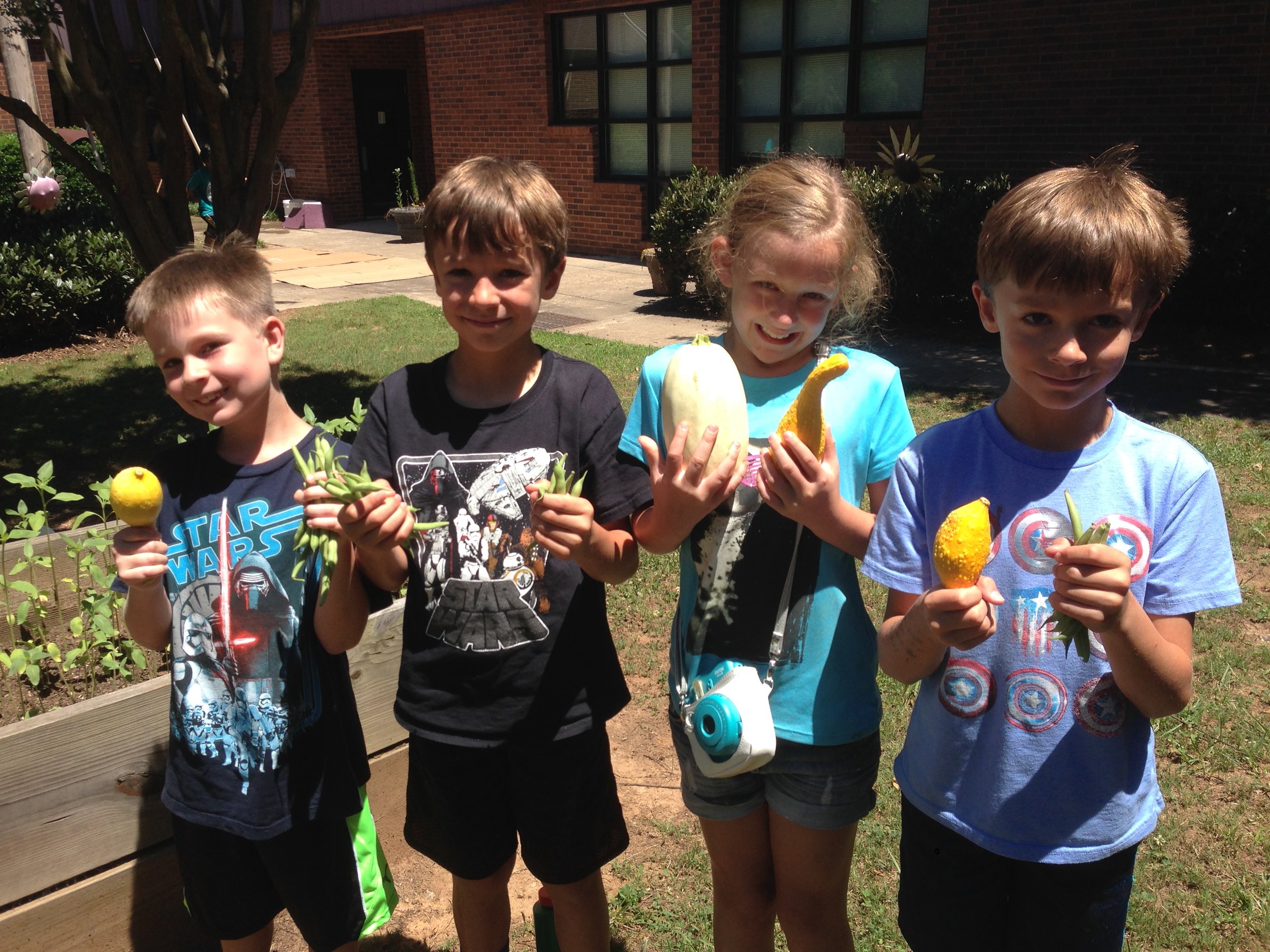
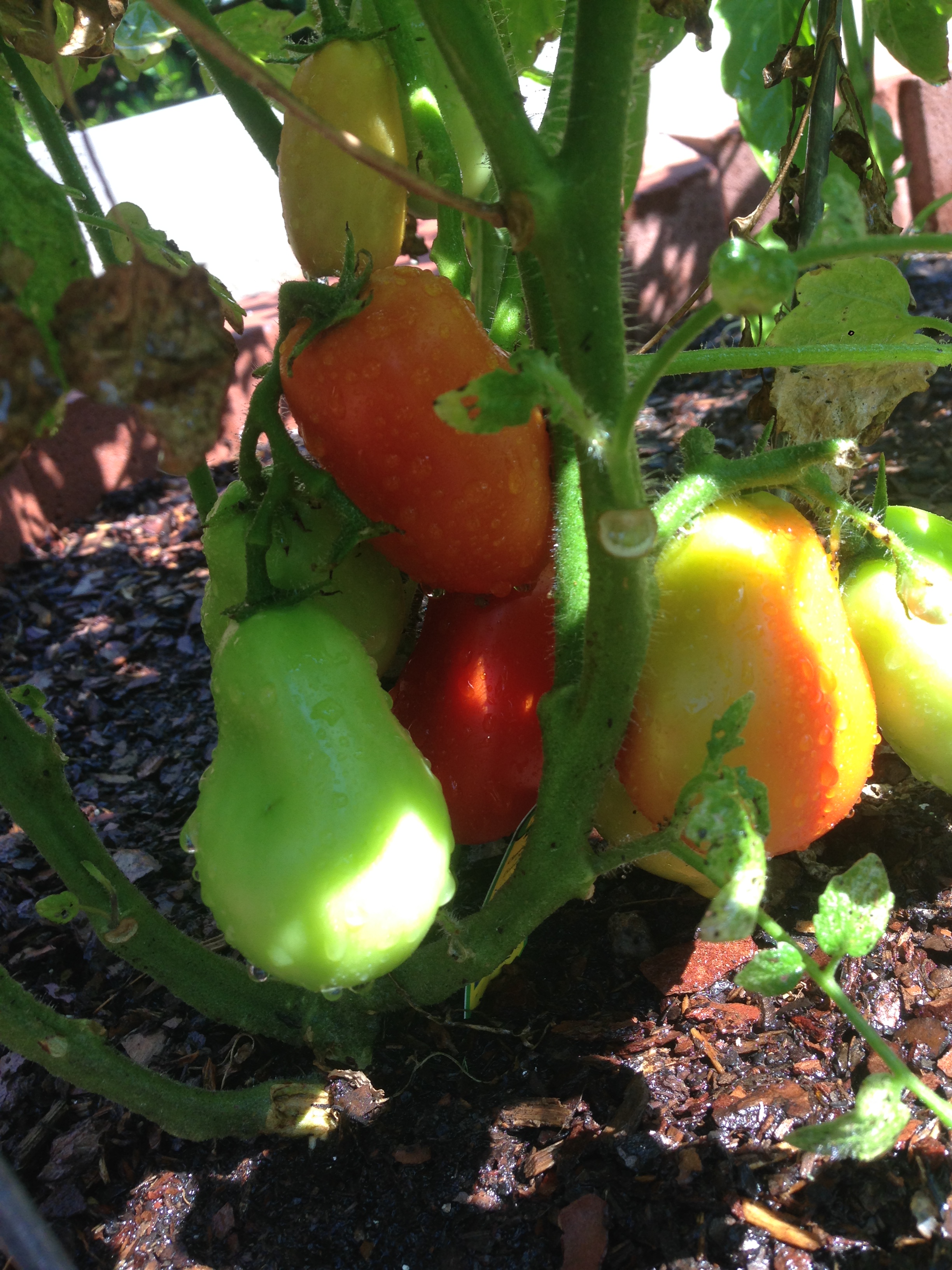
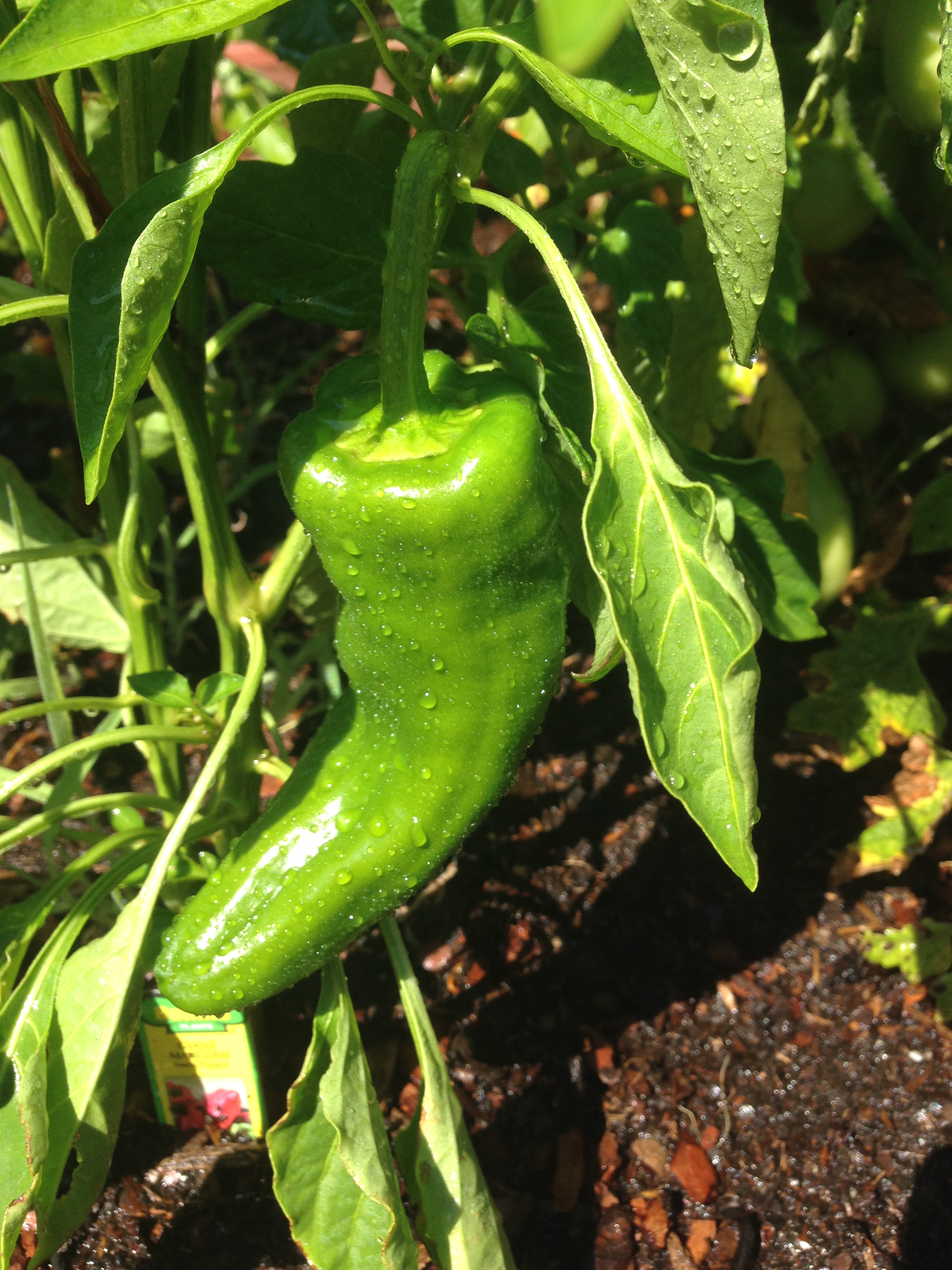
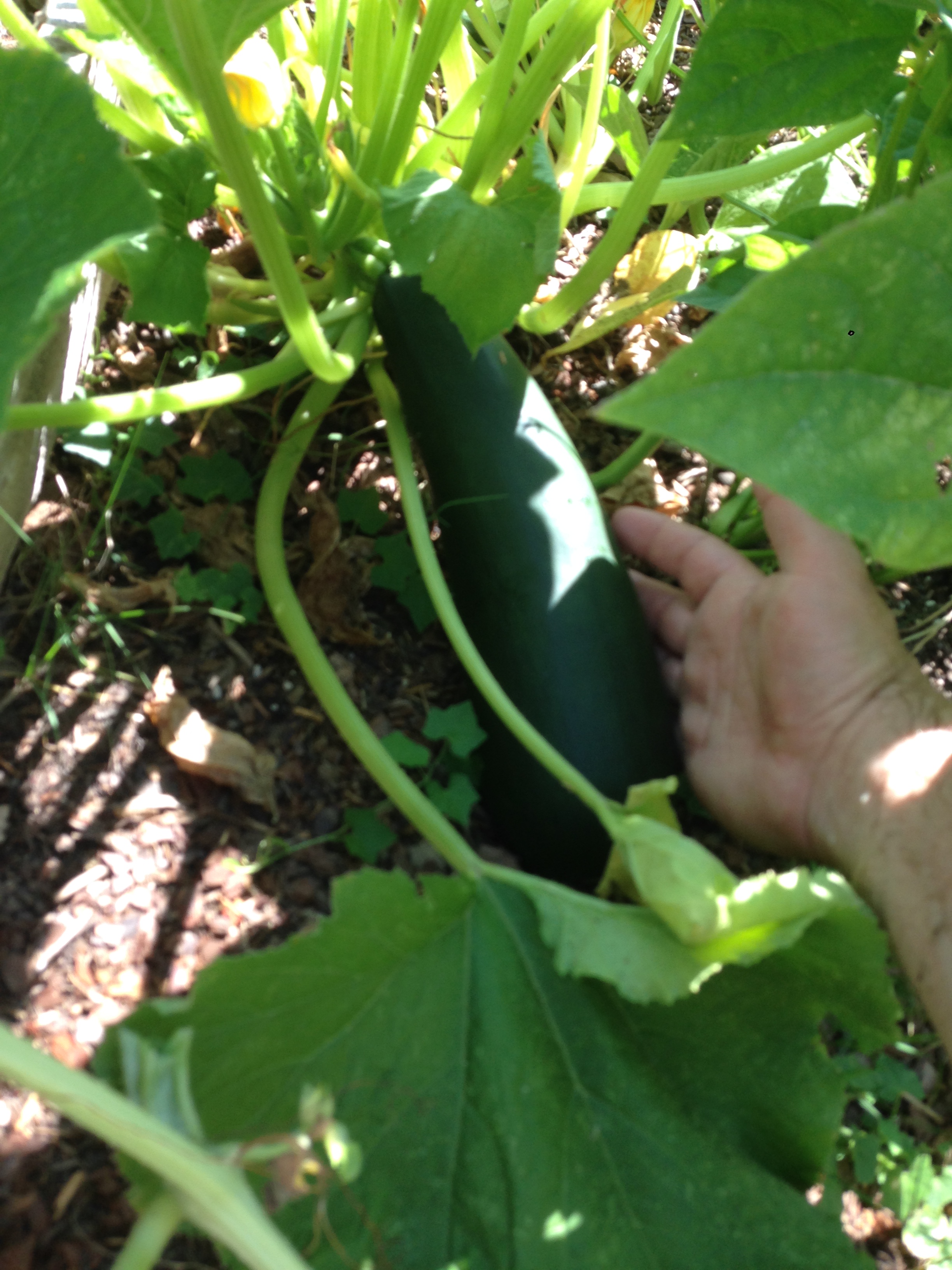
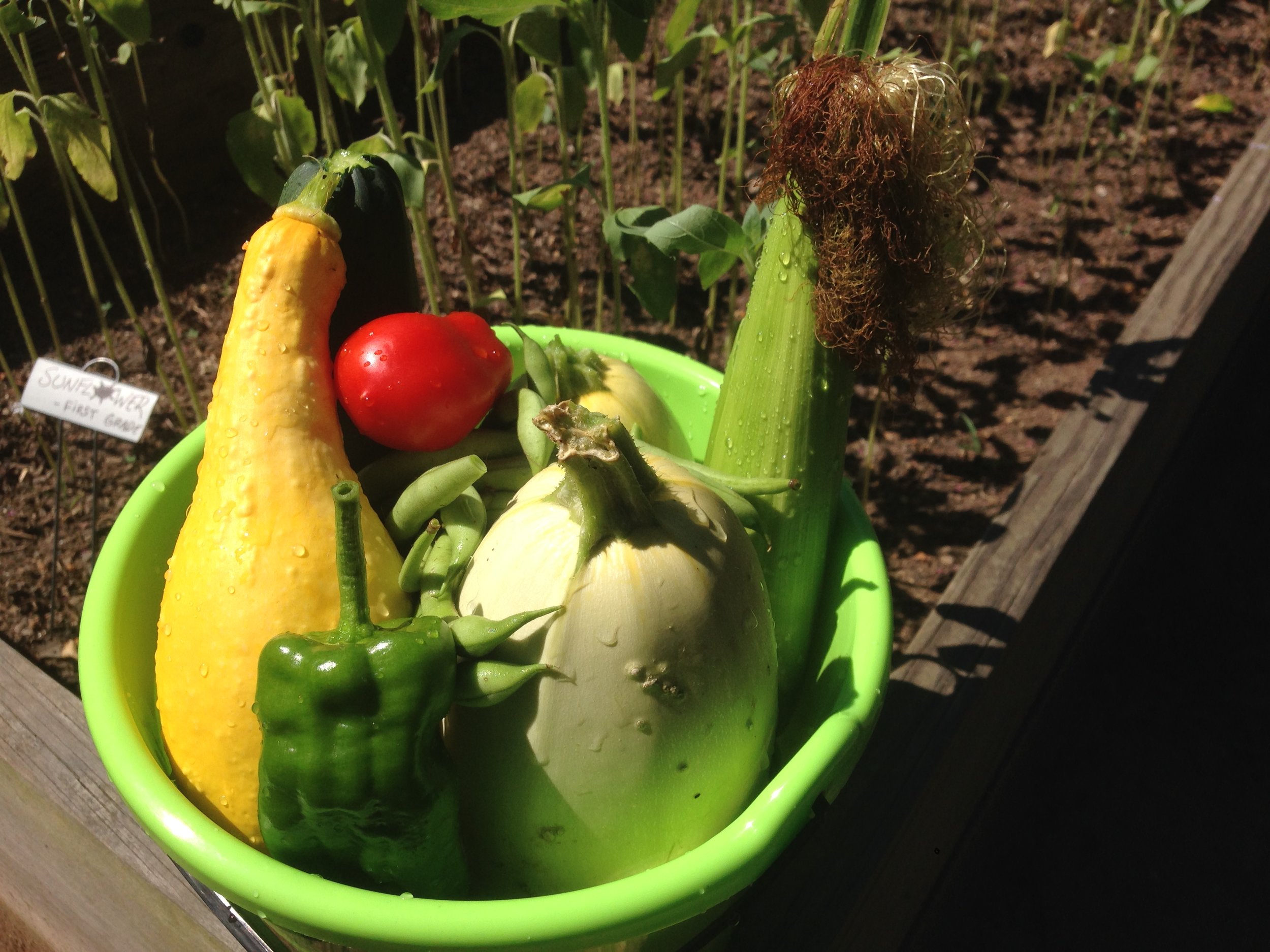
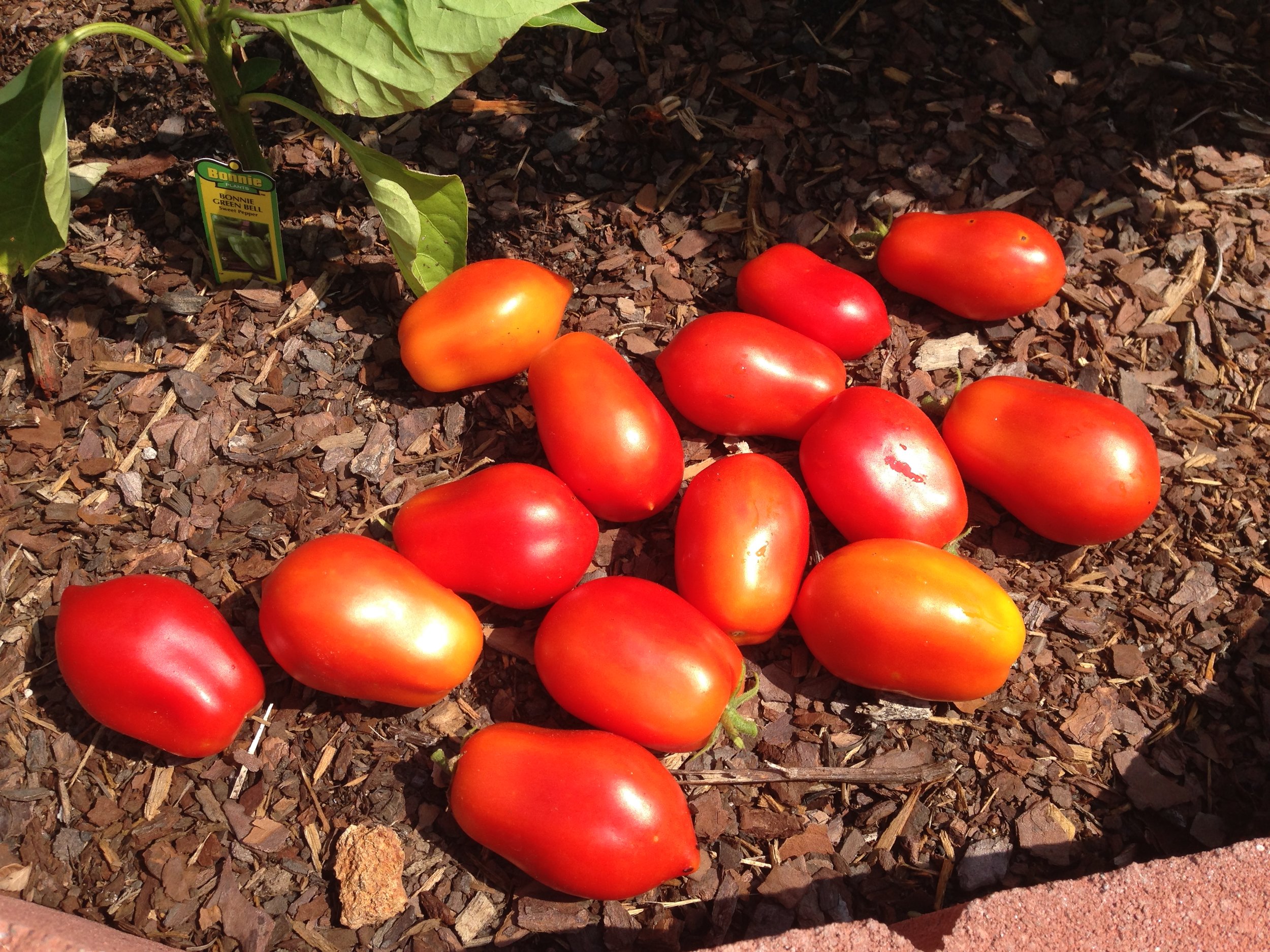
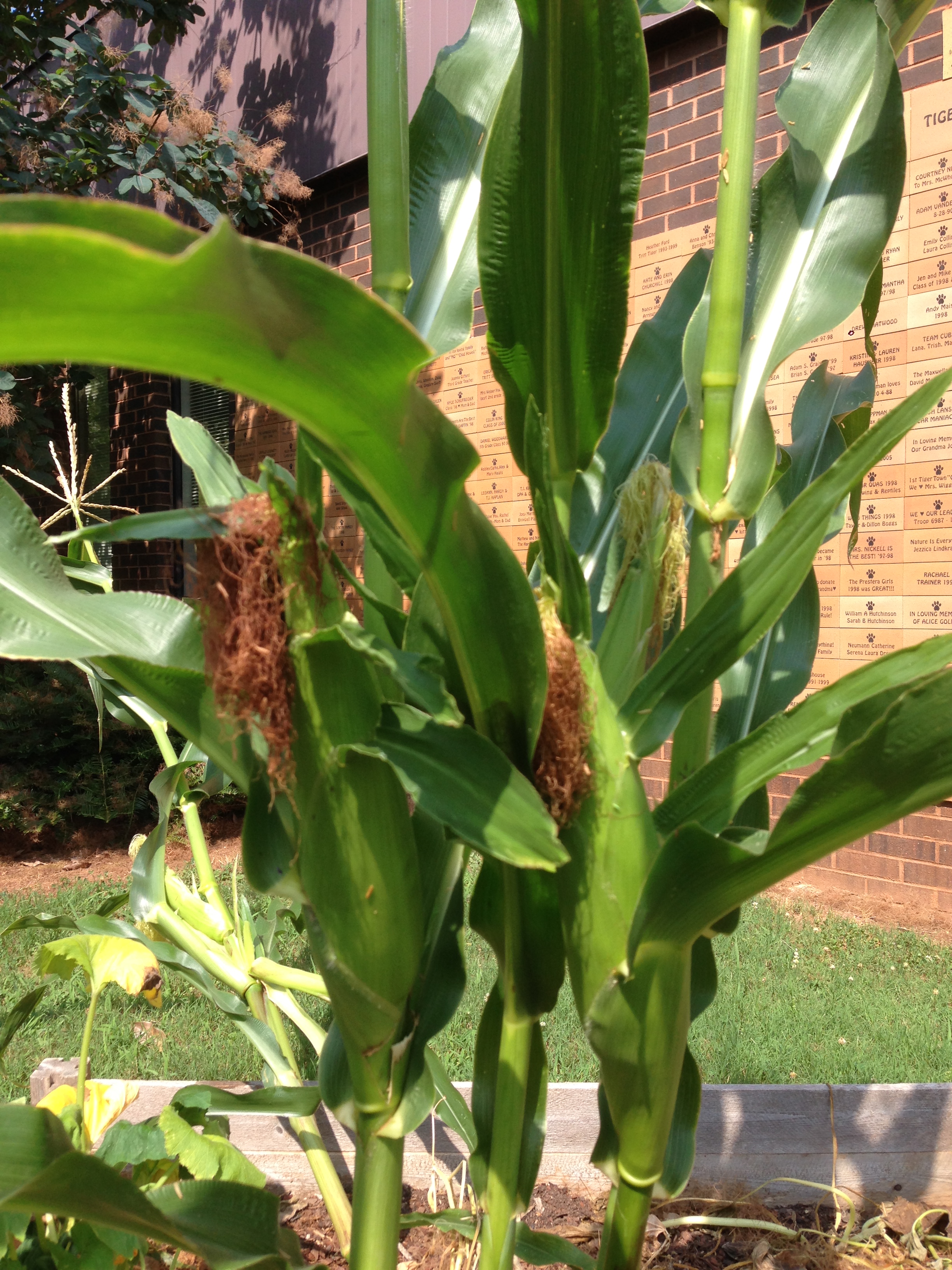
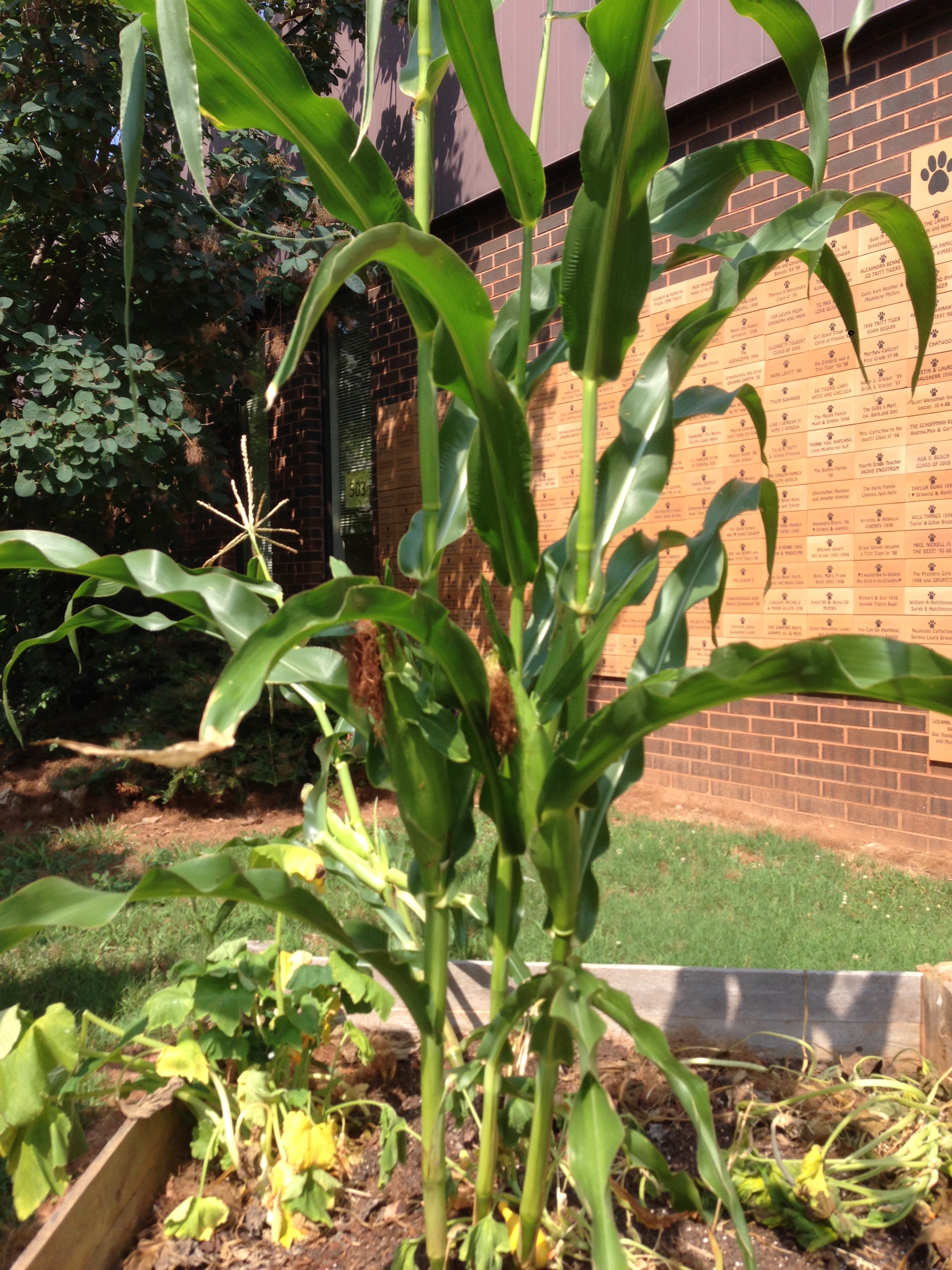
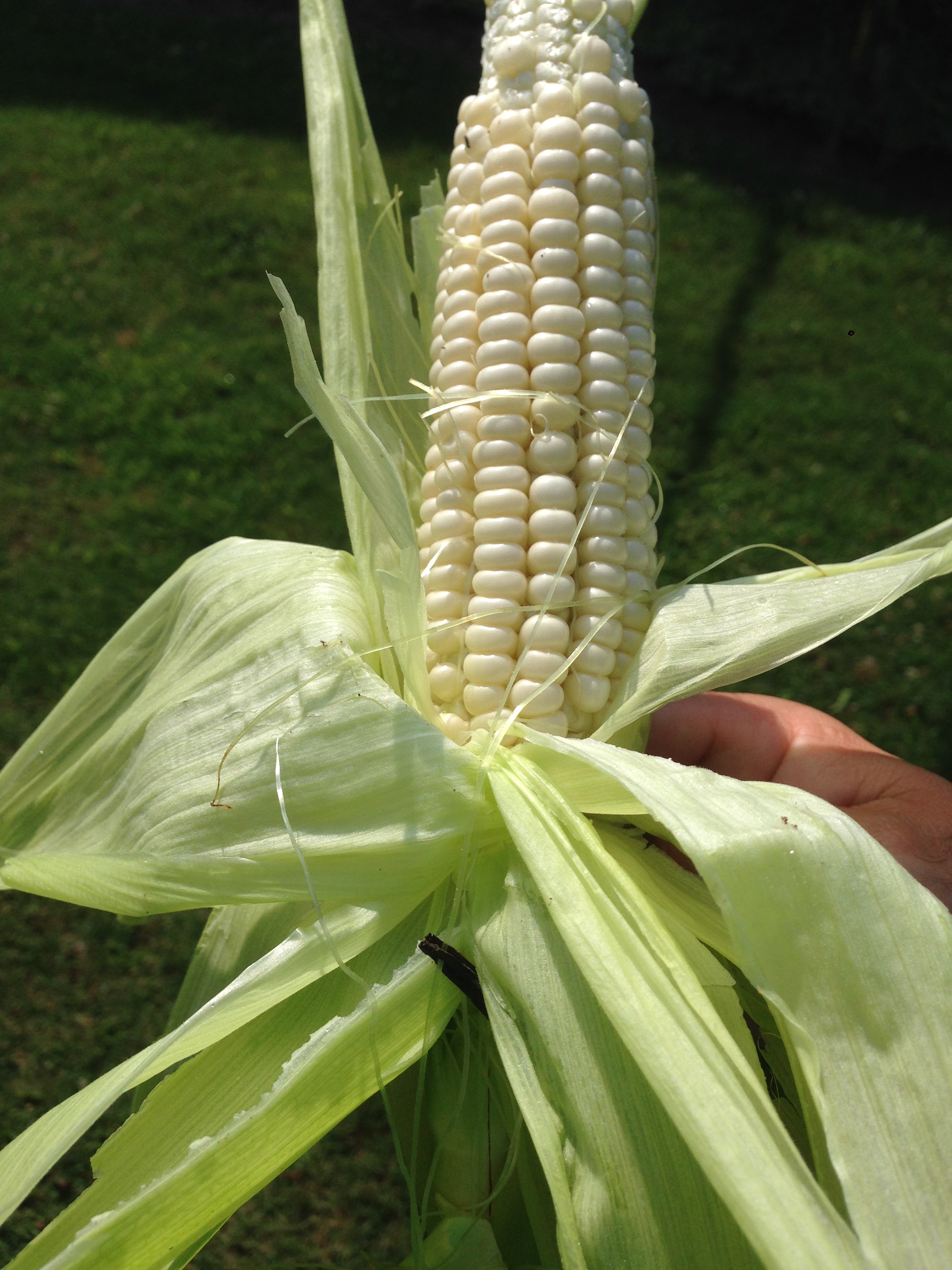
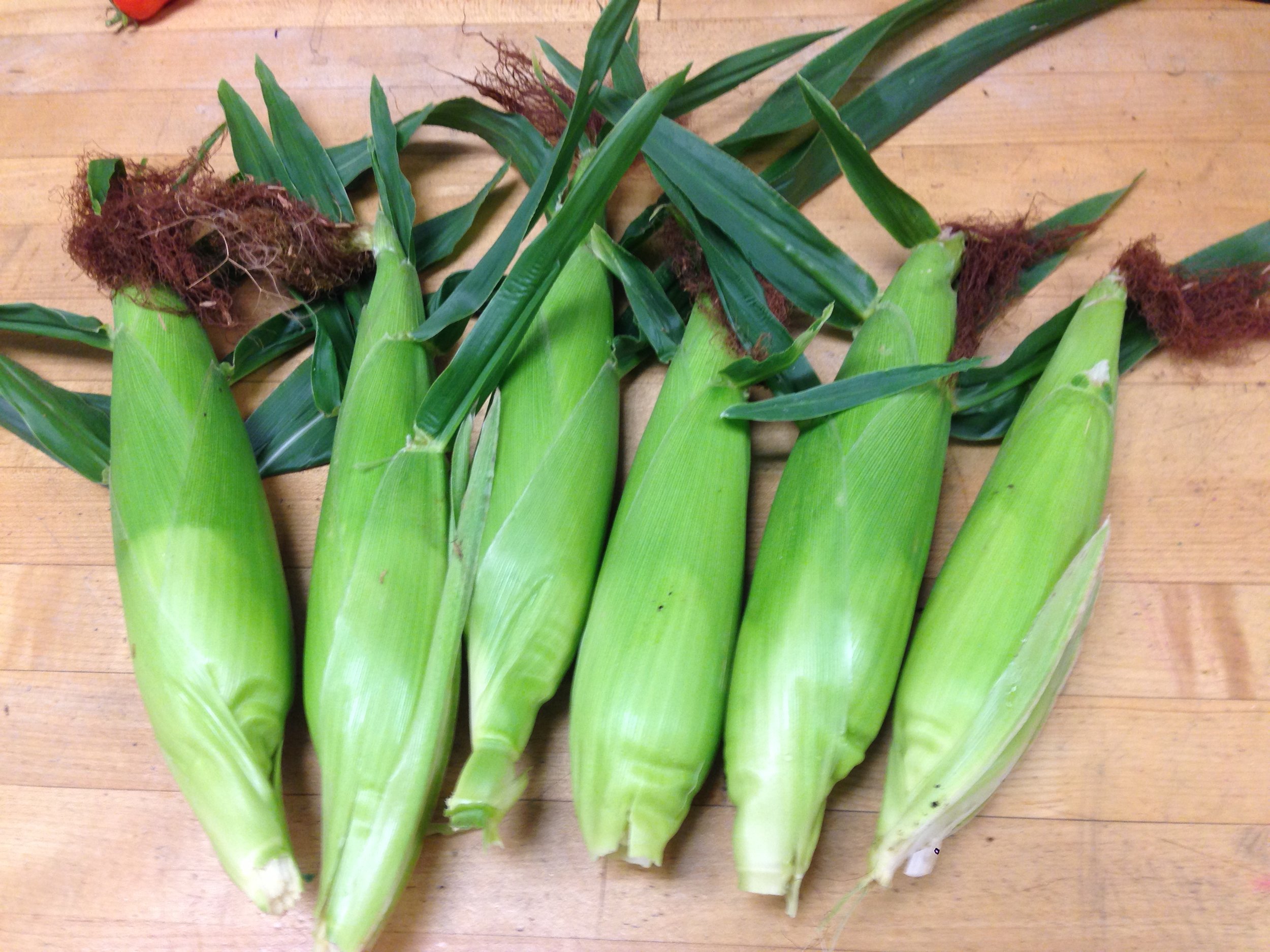
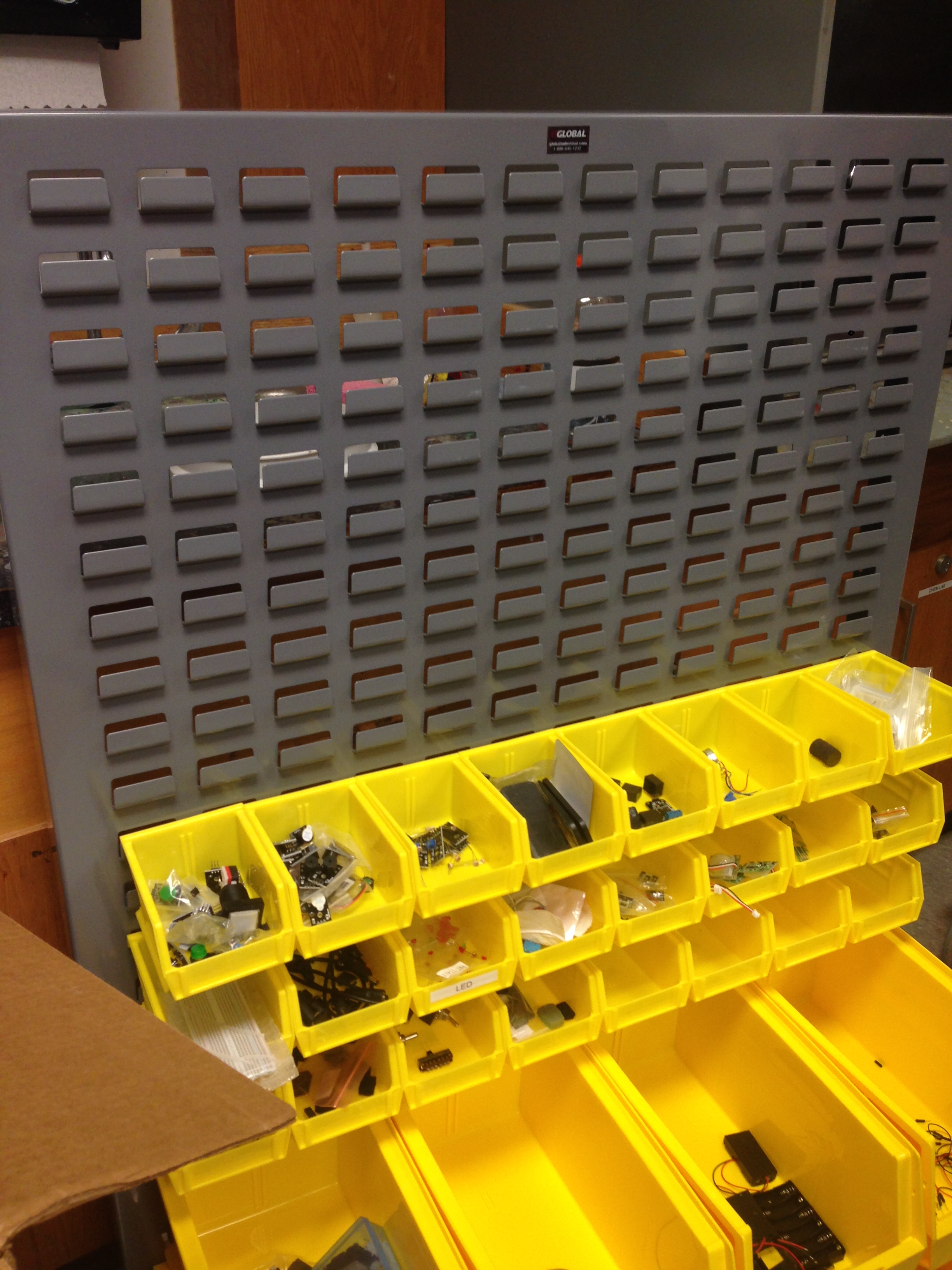
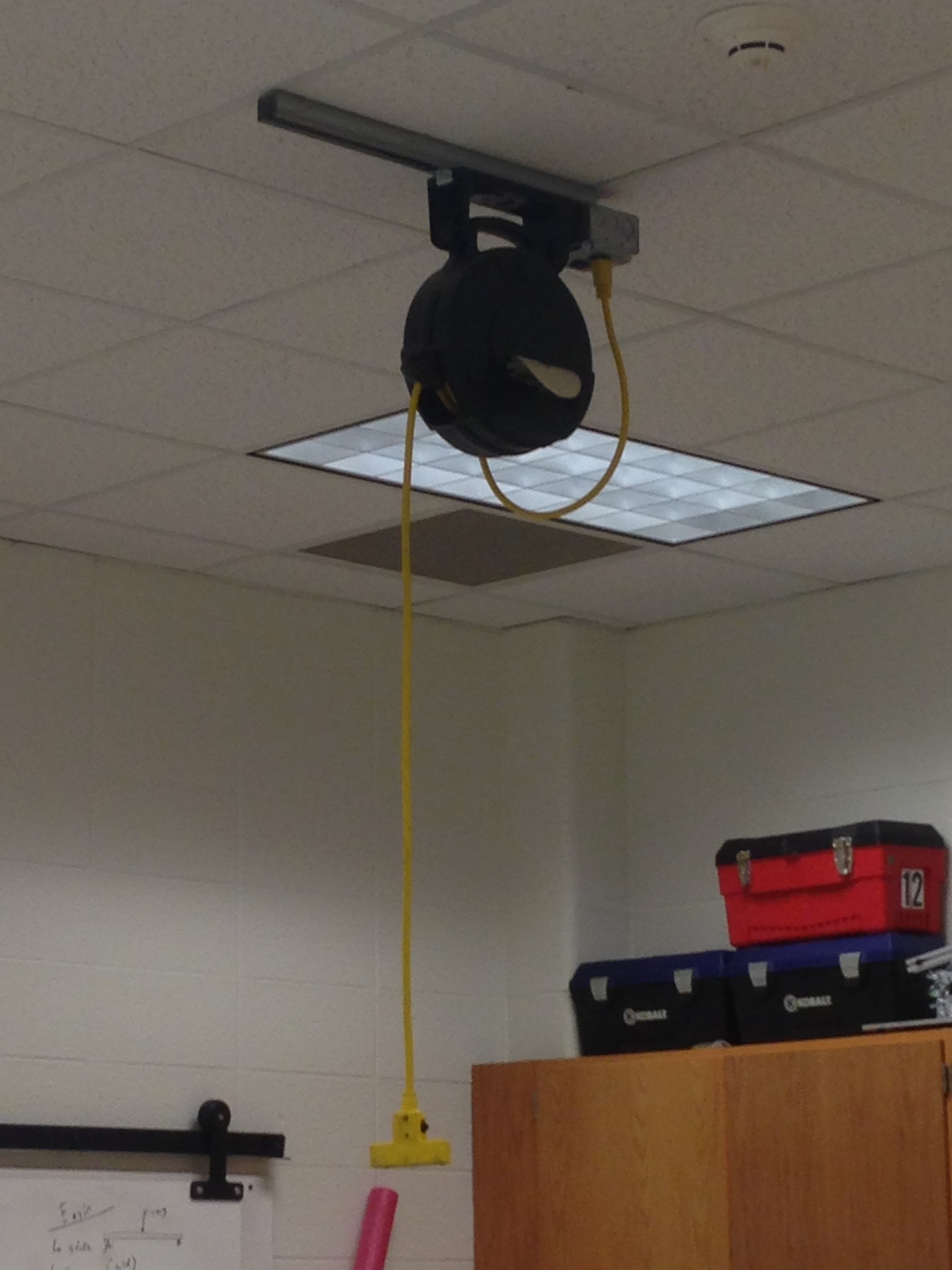
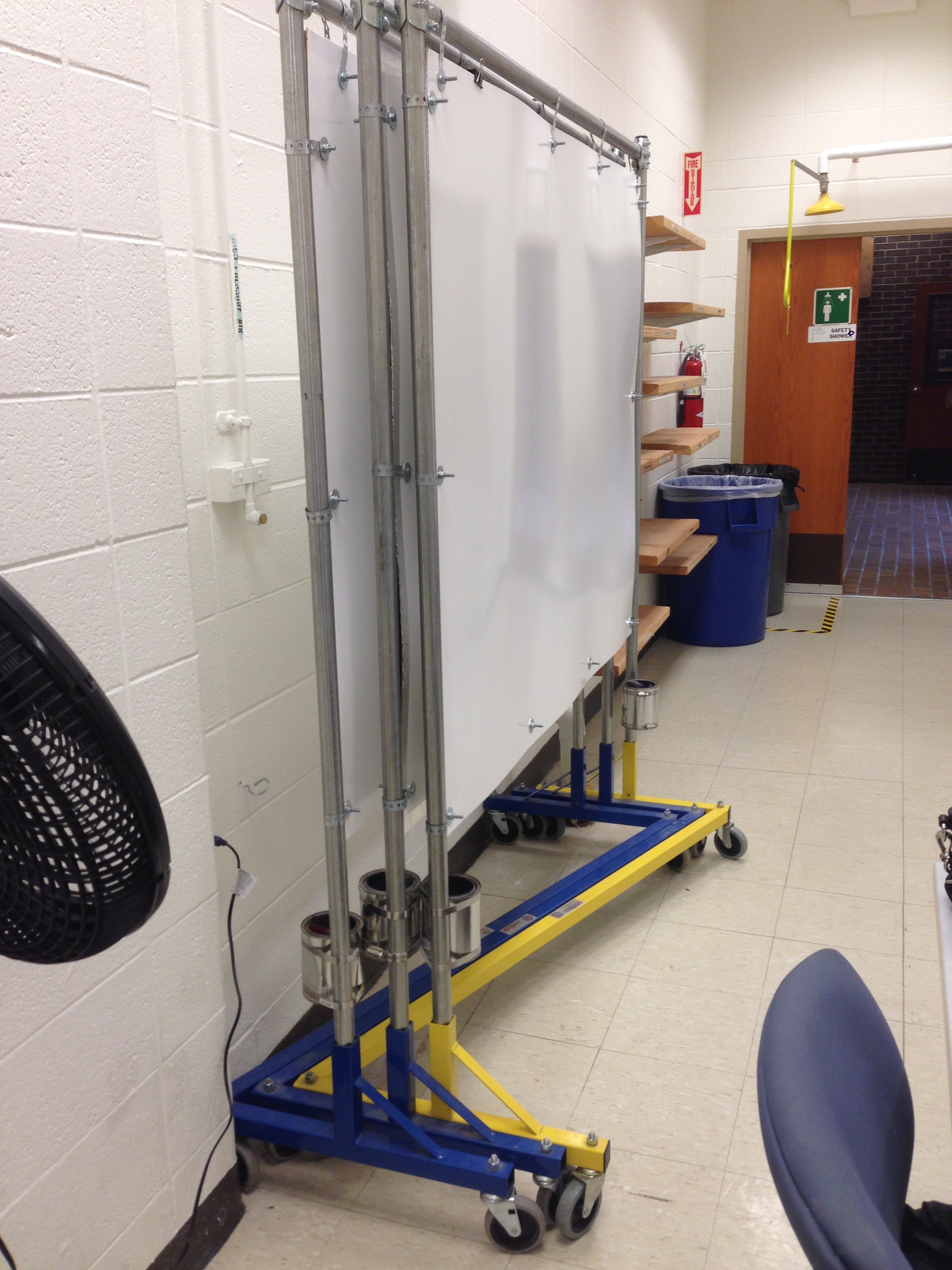
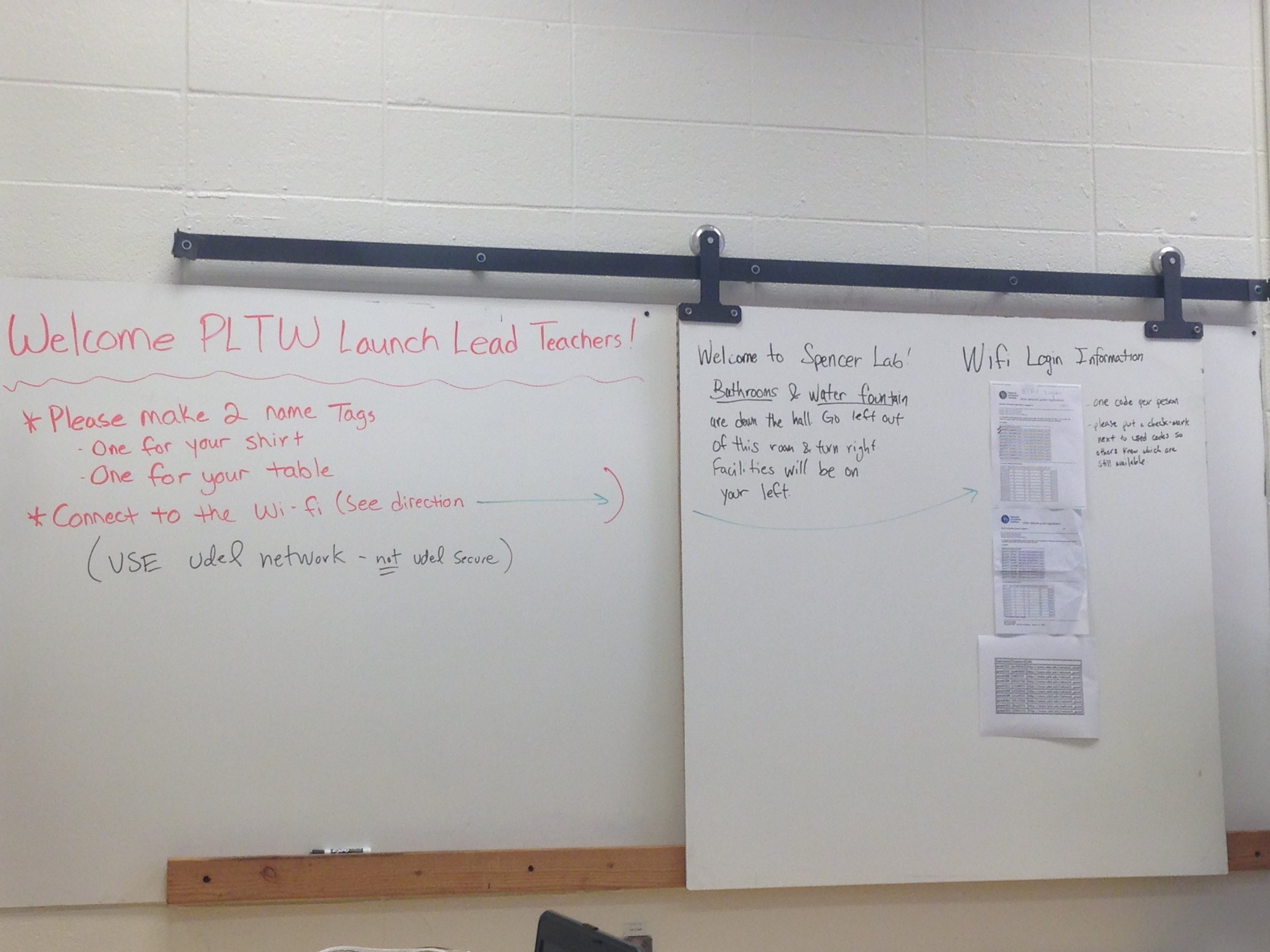
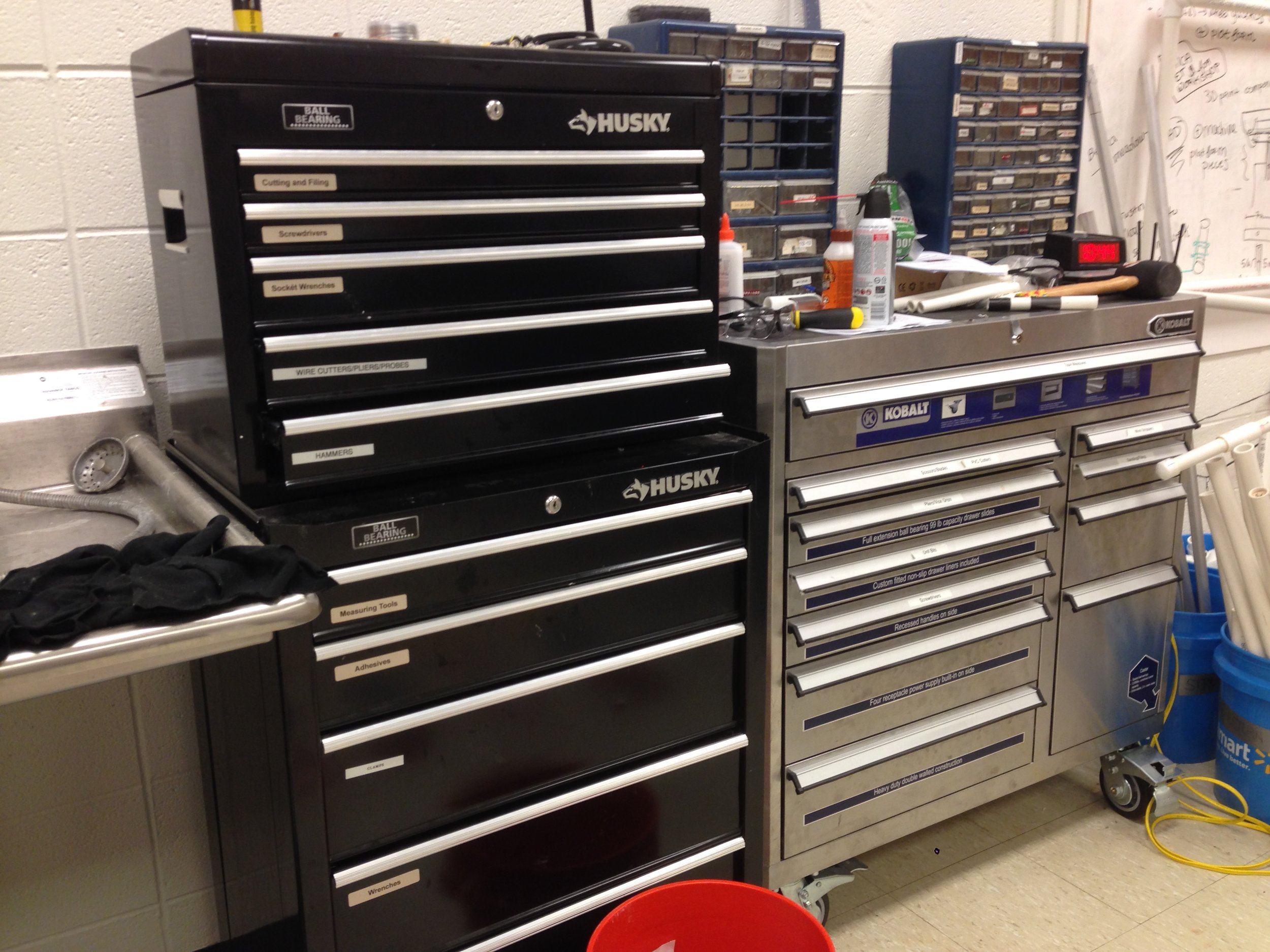
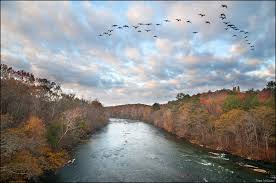

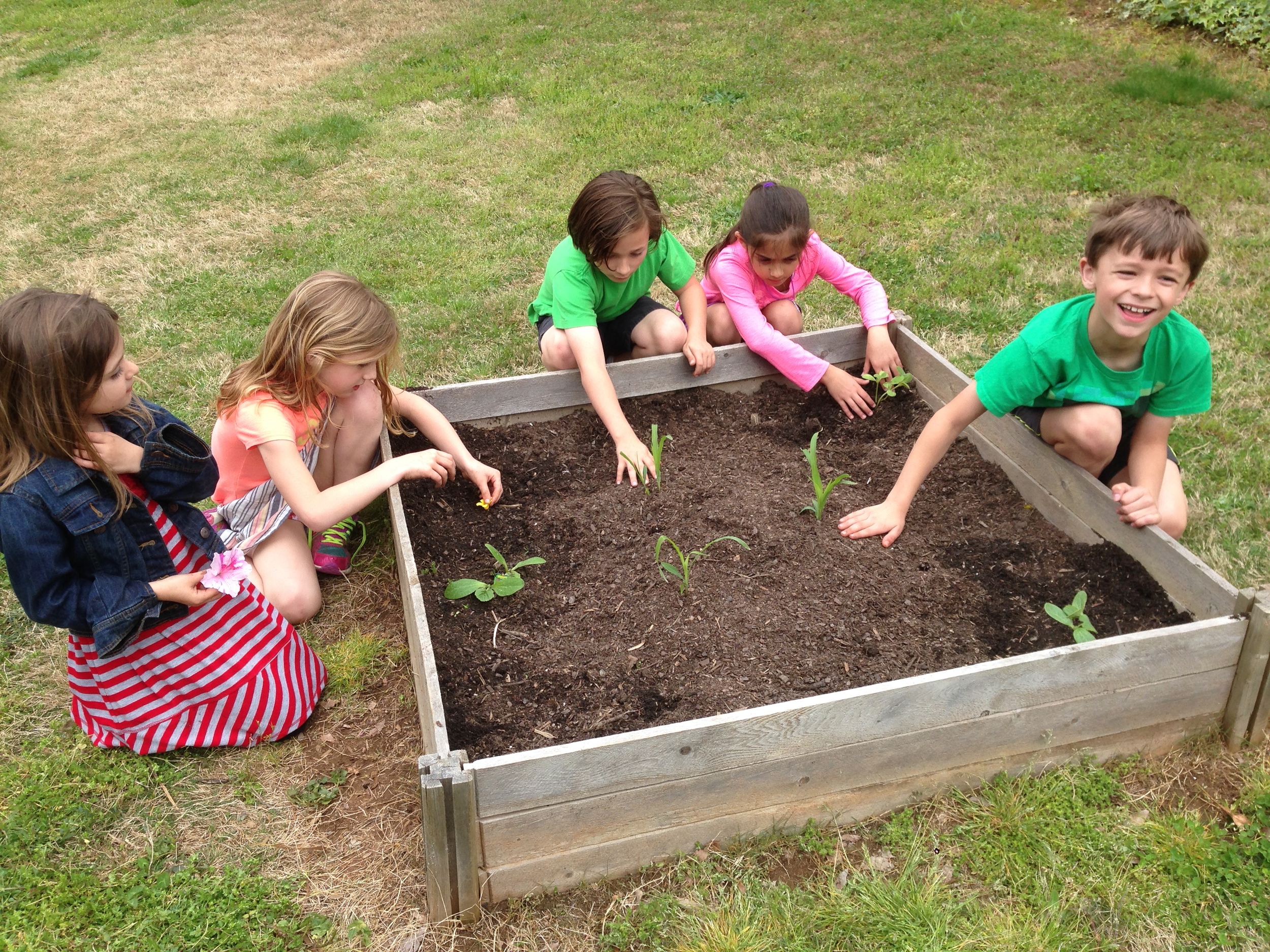
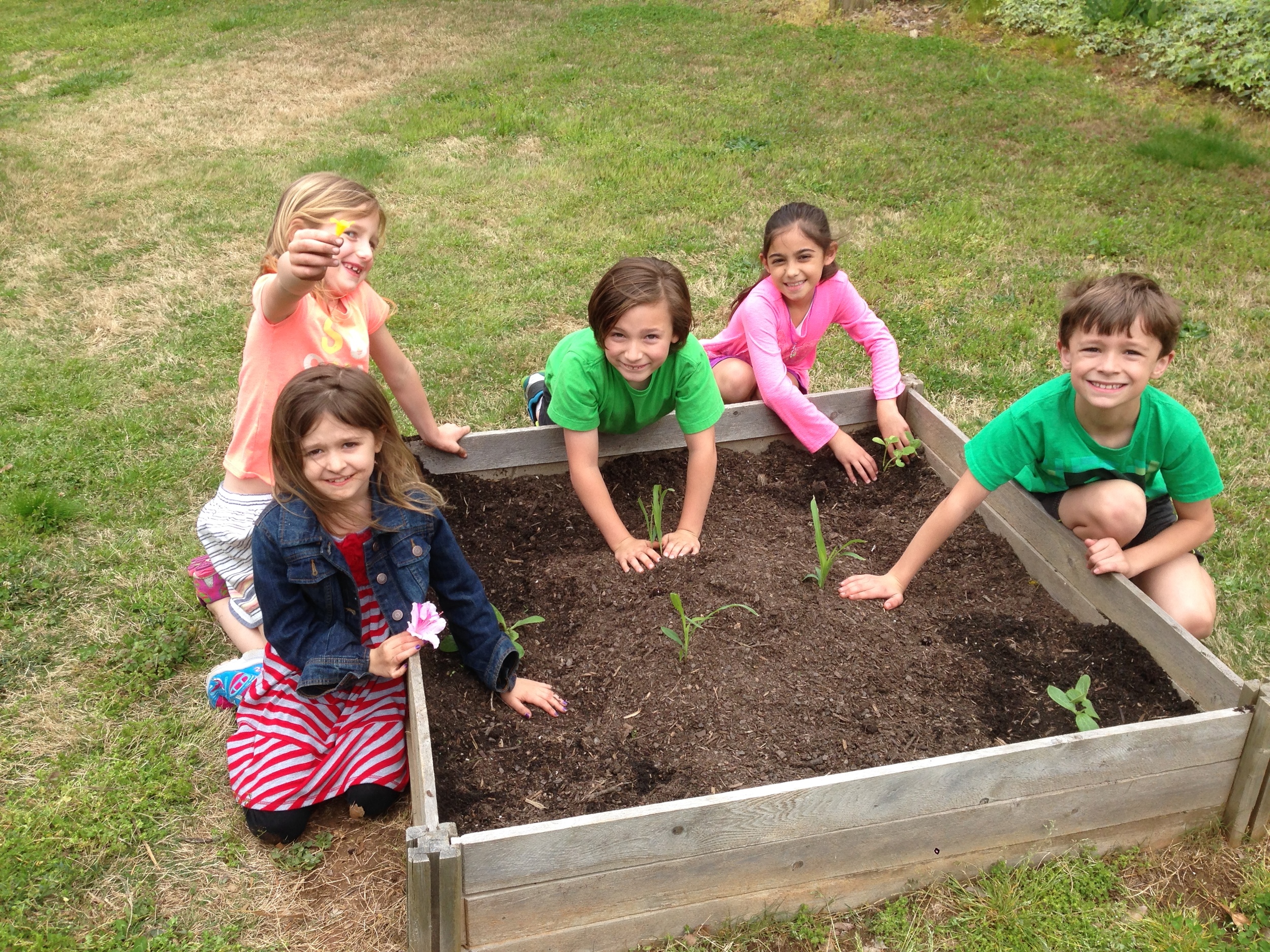
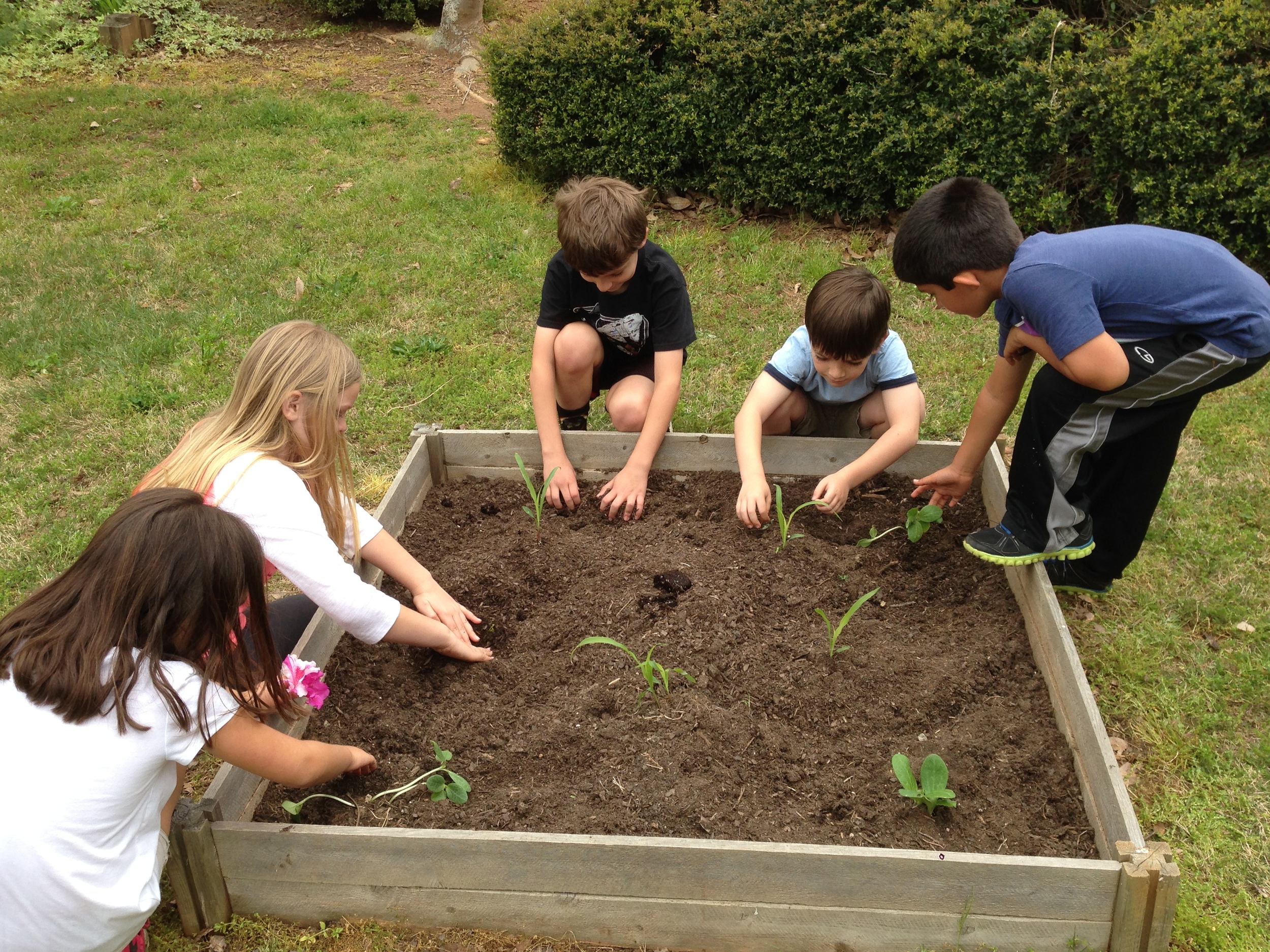
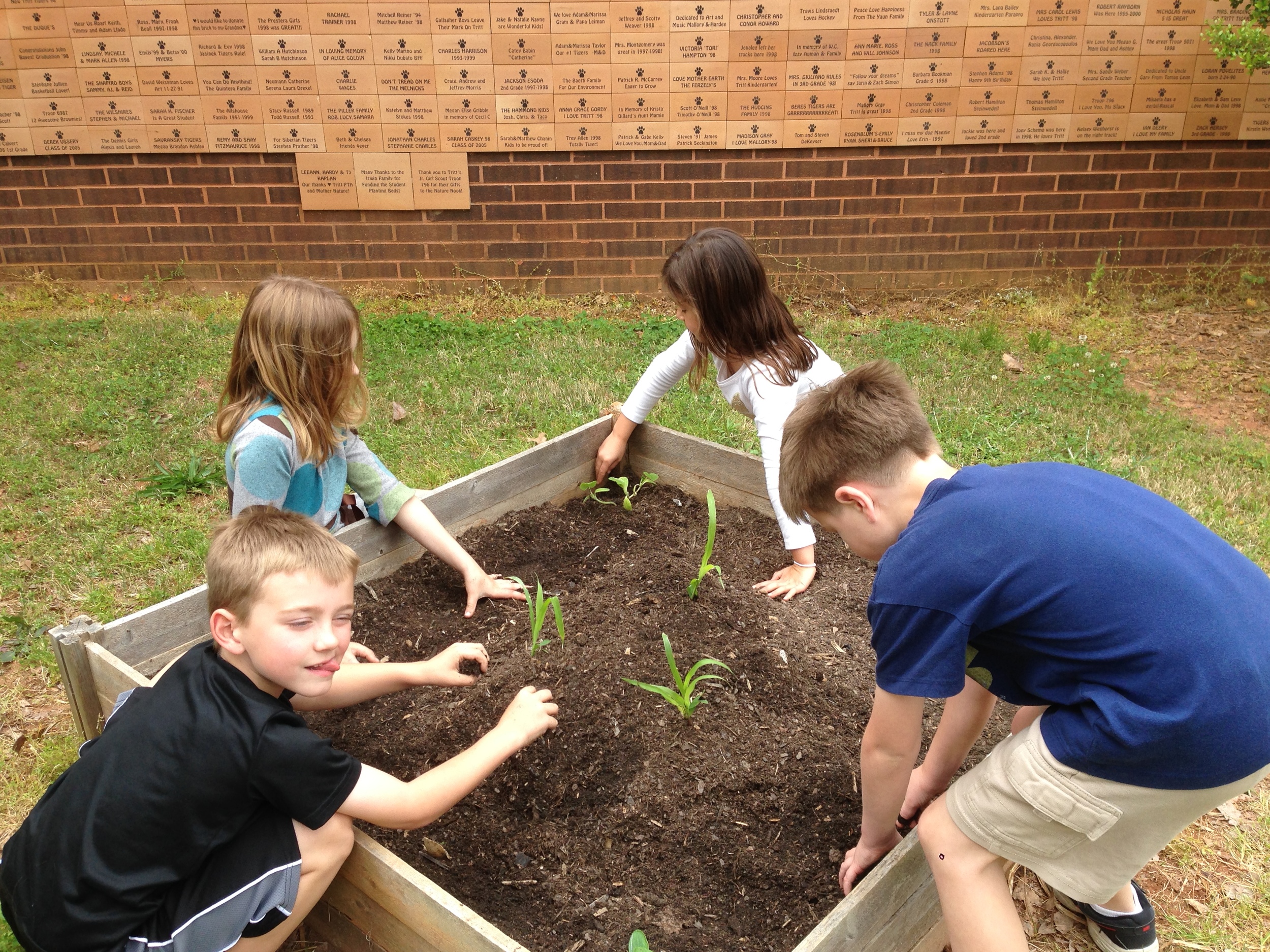
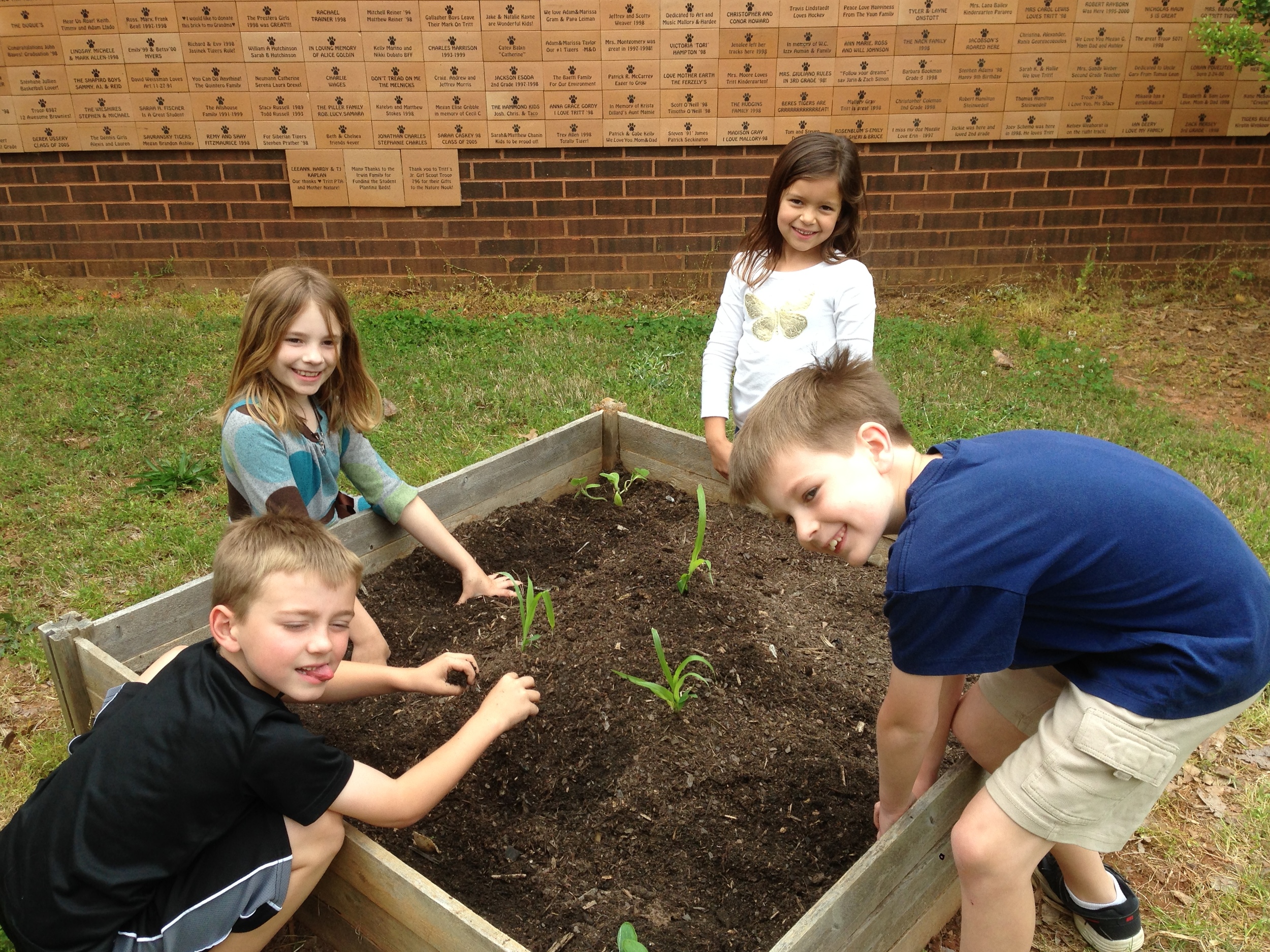

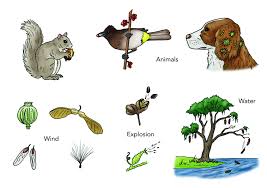 (something's shape) and function (what something does). Lastly, we read Jerry Pallotta's Who Will Plant A Tree? and saw how different animals help disperse, or spread, seeds in nature. From a camel spitting out a date and a squirrel burying an acorn, to a moose snagging pear branches in his antlers and other animals unwittingly carrying burrs in their fur, all sorts of animals help spread seeds.
Beginning April 19th, parent volunteers are needed in the Science Lab to help assemble student craft projects. We are making devices from craft supplies, inspired from nature, to spread sunflower seeds around the school. Please contact your student's room mom to sign up!
(something's shape) and function (what something does). Lastly, we read Jerry Pallotta's Who Will Plant A Tree? and saw how different animals help disperse, or spread, seeds in nature. From a camel spitting out a date and a squirrel burying an acorn, to a moose snagging pear branches in his antlers and other animals unwittingly carrying burrs in their fur, all sorts of animals help spread seeds.
Beginning April 19th, parent volunteers are needed in the Science Lab to help assemble student craft projects. We are making devices from craft supplies, inspired from nature, to spread sunflower seeds around the school. Please contact your student's room mom to sign up!